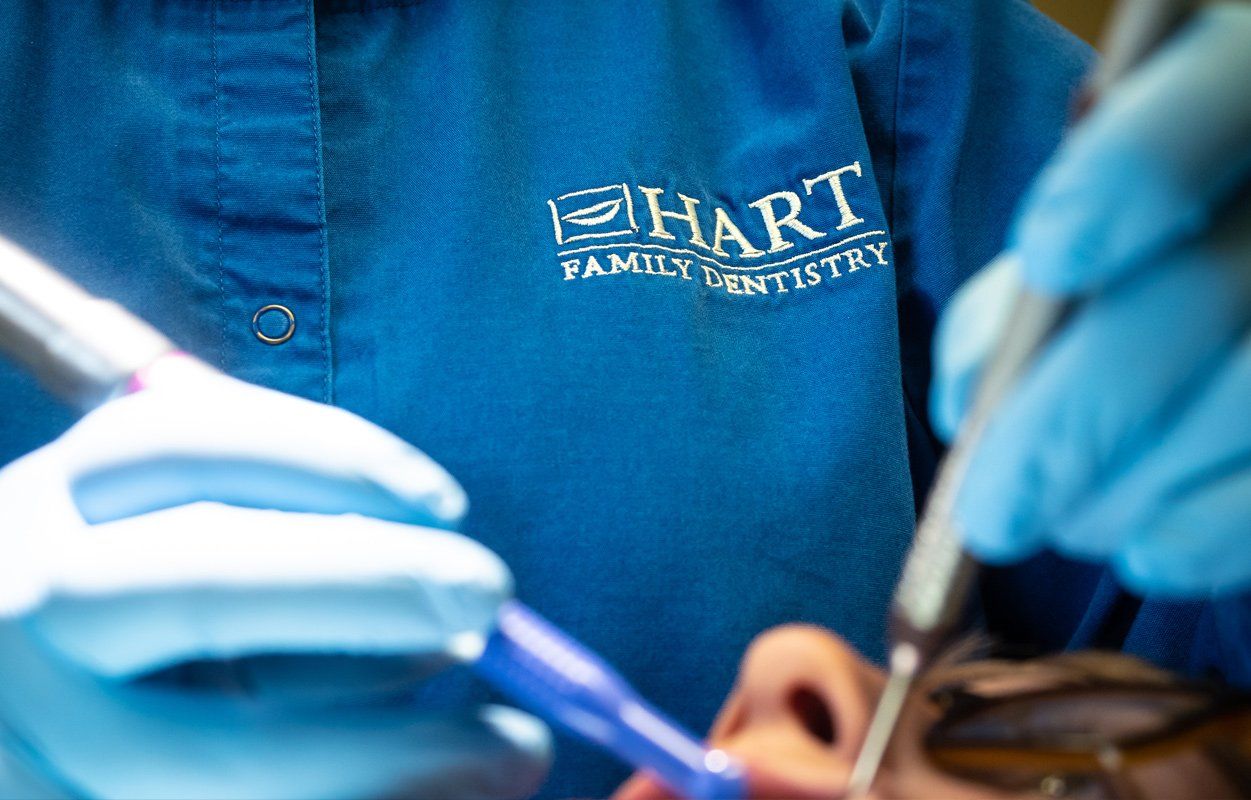Crowns & Bridges

Bridges
Bridges are natural-looking dental prosthesis that are created to replace the gap made by one or more missing teeth. Bridges are custom-made and are barely noticeable since they are formed and then bonded to your existing teeth or implants. They can help to improve the natural curve of teeth and can promote a healthy bite relationship between the teeth in the upper and lower jaw.
Bridges, also known as fixed partial dentures, are bonded to the existing teeth or implants and are semi-permanent. There are several different types of bridges, which include conventional fixed bridges, resin-bonded bridges, and cantilever bridges.
Bridges usually require a few office visits in order to fully complete the procedure. First, the teeth are prepared by re-contouring and removing part of the enamel. Then an accurate impression of the teeth are made, which a lab then uses to construct the bridge. Next the new synthetic bridge is placed in the mouth and periodically adjusted in order to ensure a proper fit. Finally the bridge is cemented into place.
Crowns
Crowns are commonly confused with veneers, but in fact are very different. Crowns are synthetic natural-looking tooth-shaped caps, commonly made of either porcelain, ceramic or resin, and are cemented on top of a tooth. They are used in a variety of different situations which can include: correcting sever discoloration, protecting a cracked or weak tooth after severe decay, cosmetically modifying a tooth, sealing a tooth with a large filling, restoring a broken tooth, covering a dental implant, securing a dental bridge, among others.
Crown Lengthening
When a person has very short teeth and a very "gummy" smile, this procedure is performed in order to reshape the gum tissue, exposing the teeth underneath which makes them appear longer. There are some cases where crown lengthening is performed as part of a larger, more complex bridge and crown procedure. The tooth may need to be lengthened to expose more tooth area in order for the bridge or crown to be property bonded.
Procedures
In order for a crown to be placed, a tooth must first be filed down and the size reduced. Then an impression is formed from the existing tooth and is sent to a special lab who then make a customized crown. In certain cases, a temporary crown may need to be placed on the tooth and then is removed once the permanent crown is finished and cemented into place.
Caring For Your Crowns
With proper dental hygiene and care, a high quality crown can last up to ten years. Paying special attention when brushing and flossing around the area of the crown is very important in order to avoid excess plaque buildup or particles or debris getting caught around the remodeled area. It is also important to avoid eating ice, hard candy, or brittle foods so that the crown does not get damaged. If a patient clenches their jaw or grinds their teeth a lot, preventative measures should be taken since those behaviors can significantly cut down on the overall life of a crown.
What Our Patients Say
Book An Appointment
We look forward to seeing you soon!






